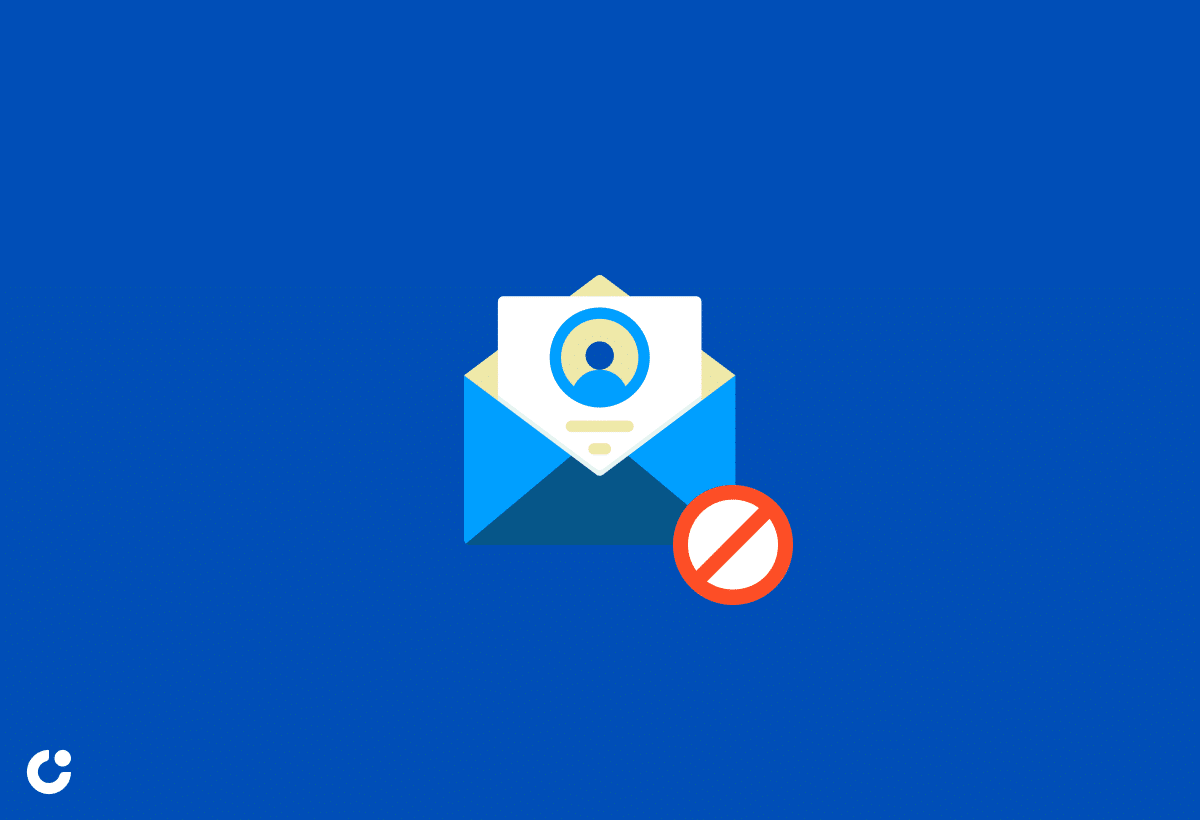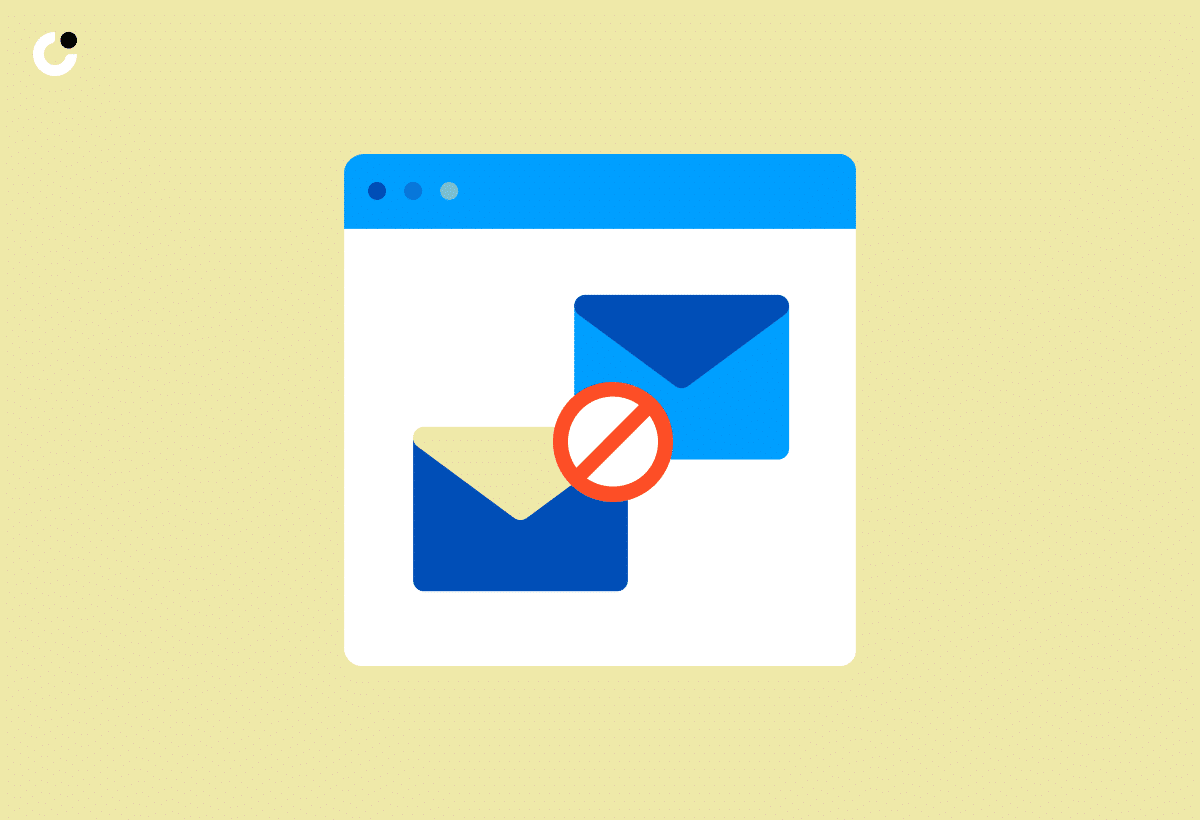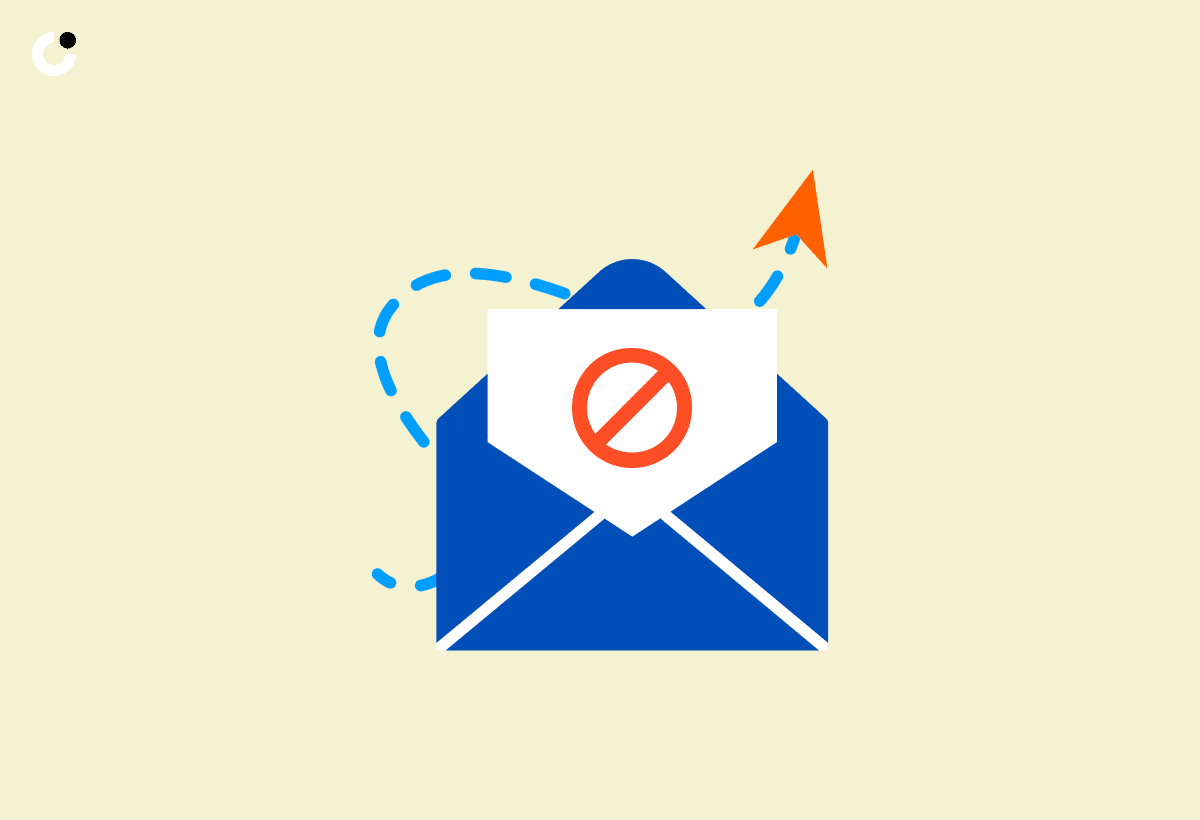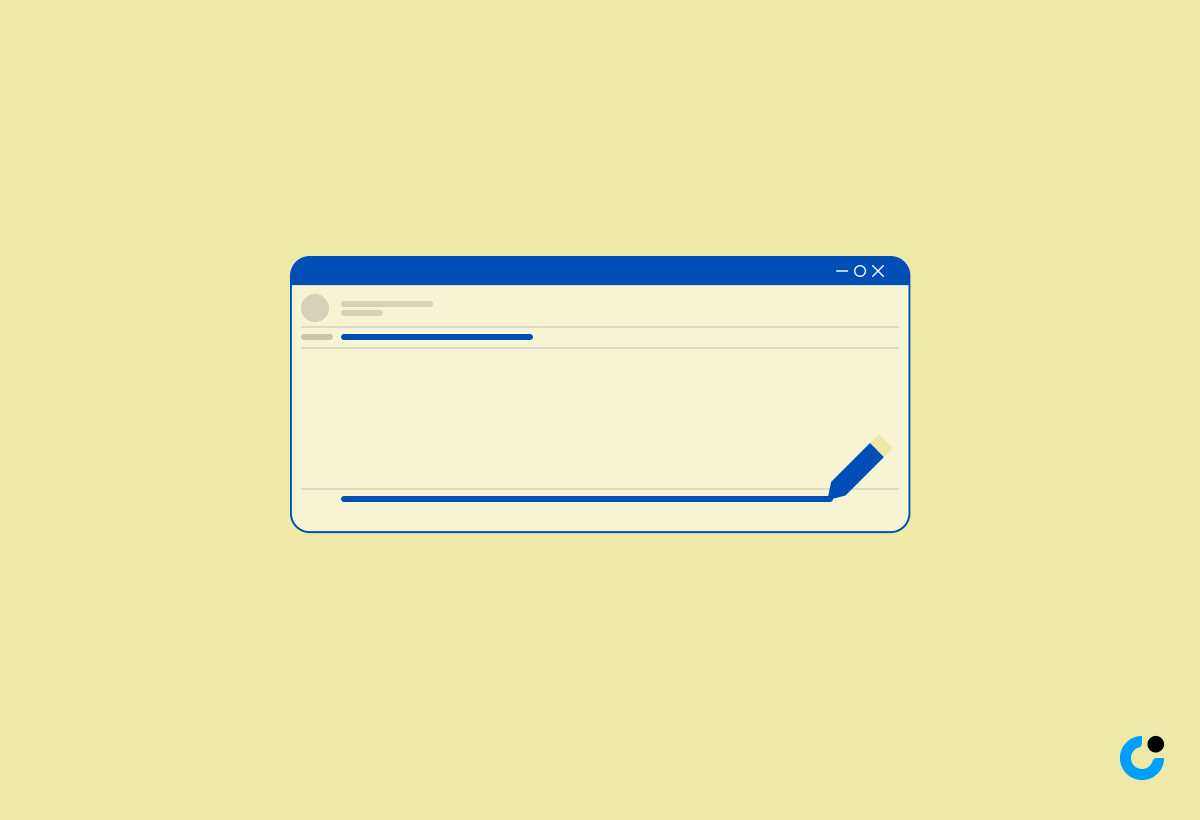In the world of email communication, the way you sign off can leave a lasting impression on the recipient. From expressing gratitude to requesting responses, the closing line of your email can play a crucial role in conveying your message effectively.
In this article, we will explore the importance of email closings and provide tips for crafting professional and personalized sign-offs for various scenarios. Join us as we delve into the art of ending your emails on the right note.
Key Takeaways:
Use personalized email sign-offs to build relationships and show gratitude, while general sign-offs are suitable for professional and formal situations.
Keep email closings appropriate and professional by avoiding unprofessional language and using templates and guidelines for polished endings.
Use specific email sign-offs for different scenarios, such as requesting responses, expressing gratitude, and responding to rejections.
Introduction to Email Closings

Understanding the art of email closings is crucial in professional communication, as it sets the tone for the end of your message and leaves a lasting impression on the recipient.
Mastering the nuances of email sign-offs can elevate your email etiquette and strengthen your relationships with colleagues, clients, and contacts. The email closing serves as a final touchpoint that can enhance the overall impact of your message.
By choosing an appropriate sign-off, you demonstrate respect, professionalism, and courtesy towards the person you are corresponding with. Whether it's a formal email to a potential employer, a friendly message to a coworker, or a business communication with a client, the way you conclude your email can influence how your message is perceived.
Understanding the Importance of Concluding Emails

Concluding emails effectively is a fundamental aspect of professional communication that can influence how your message is perceived by the recipient.
Your choice of email sign-off sets the tone for the conversation and reflects your professionalism and attention to detail in the email context. An appropriate closing can leave a lasting impression, conveying respect, gratitude, urgency, or warmth. For instance, 'Best regards' exudes formality and politeness, while 'Thanks in advance' indicates appreciation. It's crucial to tailor your closing to match the desired outcome of your email, ensuring a harmonious blend of cordiality and professionalism.
General and Personalized Email Sign-Offs

Choosing between general and personalized email sign-offs depends on the nature of the relationship with the recipient and the level of formality required. While general closings like 'Best regards' are versatile, personalized sign-offs can enhance the connection and leave a memorable impression.
General email sign-offs are commonly used in professional settings where maintaining a professional tone is key. Phrases like 'Sincerely' or 'Kind regards' are appropriate for business emails where a level of formality is expected.
On the other hand, personalized sign-offs, such as 'Looking forward to hearing your thoughts, Alex' or 'Enjoy your weekend, Sarah', can add a personal touch and indicate a more informal relationship.
Personalizing the closing based on the recipient’s interests or recent interactions can show that you value the connection and are attentive to their preferences.
Exploring Common and Customized Email Closings

Exploring the spectrum of common and customized email closings allows you to tailor your message's conclusion to suit the specific audience or situation. From traditional sign-offs to more creative closing lines, the choice of how you end your email can enhance its impact and effectiveness.
Traditional email closings like 'Sincerely' or 'Best regards' offer a sense of professionalism and formality, ideal for business communications. On the other hand, more personalized endings such as 'Looking forward to hearing from you' or 'Warmly' add a touch of warmth and familiarity to your message.
For a unique twist, consider using closing lines that reflect your personality or the recipient's interests. Ending an email with a quote, a question, or even a playful emoji can make your closing memorable and engaging.
Remember, the key is to match the tone of your closing to the overall tone of your email while also considering the nature of your relationship with the recipient. Experimenting with different closing lines can help you find the perfect balance between professionalism and personalization.
Sign-Offs for Various Scenarios

Tailoring your email sign-off to different scenarios can help you convey the appropriate tone and intention effectively.
By adapting your closing line to the specific context, you can enhance the professional image you portray. For instance, in a sales pitch, a concise and confident sign-off like 'Looking forward to your response' can prompt further engagement. On the other hand, for a request for a meeting, a polite and open-ended closing such as 'Let me know your availability' can invite a collaborative response. Showcasing gratitude in your sign-off, like 'Thank you for your time and consideration,' can reinforce sincerity and build rapport with recipients.
Email Sign-Offs for Specific Situations

Adapting your email sign-off to specific situations, such as requesting responses, scheduling meetings, or seeking feedback, can enhance your communication effectiveness and engagement with recipients. The choice of sign-off should align with the desired outcome and the nature of your email interaction.
For instance, when seeking prompt responses, a closing line like 'Looking forward to your prompt reply' conveys a sense of urgency and expectation. On the other hand, if you are organizing a meeting, a sign-off such as 'Let me know your availability' is more appropriate and action-oriented. In scenarios where you are seeking feedback, using 'Your input is highly valued' shows appreciation and encourages the recipient to share their thoughts. Tailoring your email sign-off to these specific contexts can help in building rapport and achieving your communication goals effectively.
Requesting Responses, Meetings, and Feedback

When requesting responses, scheduling meetings, or seeking feedback via email, your sign-off should encourage prompt action and convey your appreciation for the recipient's time and input.
A simple yet effective sign-off when requesting a response could be: 'Looking forward to hearing from you soon.' It conveys eagerness while also implying urgency.
Similarly, for arranging meetings, consider ending with: 'I'll follow up with a meeting invite shortly.' This assures action and shows organization.
When soliciting feedback, a considerate closure such as 'Your insights are highly valued' acknowledges the recipient's contribution and can prompt a more thoughtful response.
Nurturing Relationships and Expressing Gratitude

Expressing gratitude and nurturing professional relationships through thoughtful email sign-offs can strengthen connections and foster a positive rapport with your email contacts. Choosing warm and appreciative closing lines, such as 'Best regards' or 'Best wishes,' can leave a lasting impression of friendliness and professionalism.
Incorporating personalized touches in your sign-offs, like 'Looking forward to our next meeting' or 'Wishing you a wonderful day ahead,' can help in creating a more engaging and memorable interaction.
It's essential to consider the context and tone of your email when selecting the appropriate closing line to ensure it aligns with the relationship and sentiment conveyed in the message.
By expressing appreciation and goodwill effectively in your email closures, you can enhance the overall communication experience and build stronger connections with your recipients.
Project Conclusions and Responding to Rejections

Concluding projects and responding to rejections via email requires a delicate balance of professionalism and empathy in your sign-offs.
Maintaining a positive tone in your email sign-offs is crucial to leave a lasting impression. By choosing compassionate words and expressing appreciation for the opportunity, you can show understanding and sincerity. Remember to always remain open to future collaborations and offer your assistance for any further inquiries.
A thoughtful and courteous sign-off not only closes the current communication respectfully but also sets a strong foundation for potential future interactions. Ending emails with grace and positivity reflects your professionalism and commitment to constructive communication.
Avoiding Inappropriate Sign-Offs

Steering clear of inappropriate or unprofessional email sign-offs is essential to maintaining a positive image and fostering effective communication with your email recipients.
When crafting your email sign-off, it's crucial to strike the right balance between formality and warmth. Avoid phrases like 'Catch ya later' or 'Cheers' in a business correspondence as they may come off as too casual. Similarly, abrupt closures such as 'Thanks' or 'Best' without a proper closing sentiment can appear curt. Opt for more appropriate sign-offs like 'Kind regards,' 'Sincerely,' or 'Best regards' depending on the level of familiarity with the recipient. Tailoring your sign-off to suit the context and relationship will help leave a lasting impression of professionalism and respect.
Identifying and Eliminating Unprofessional Closings

Recognizing and rectifying unprofessional email closings is crucial for maintaining a polished and respectful communication style in professional contexts. By identifying signs of inappropriate sign-offs and replacing them with suitable alternatives, you can enhance the effectiveness and professionalism of your email messages.
One common pitfall in email sign-offs is using overly casual language that may undermine the tone of your message. For instance, 'Cheers' or 'Thx' can come across as too informal in formal business exchanges. Lengthy and irrelevant closings such as detailed personal anecdotes or excessive gratitude can distract from the main purpose of the email.
To avoid these pitfalls, consider tailoring your sign-off to the context and relationship with the recipient. For formal emails or when corresponding with someone of higher authority, opt for phrases like 'Best regards' or 'Sincerely.' In more casual settings, 'Thanks' or 'Regards' may suffice.
Professional Email Closing Tips

Mastering the art of professional email closings entails following essential guidelines to ensure your communication is clear, respectful, and impactful.
When selecting a closing line, opt for a phrase that matches the tone of your email. For formal correspondence, phrases like 'Best regards' or 'Sincerely' are suitable, whereas 'Cheers' or 'Thanks' can work well for a more casual tone. Tailoring your closing to the relationship with the recipient is crucial; for instance, 'Warm regards' may be more fitting for a familiar connection, while 'Yours faithfully' might be appropriate for a formal or unfamiliar contact. Always consider the content of your email and the message you want to convey when deciding on the closing.
Guidelines for Crafting Polished Email Endings

Crafting polished email endings requires attention to detail, clarity, and consideration for the recipient's expectations. By adhering to established guidelines for email sign-offs, you can convey professionalism and courtesy in your communication, leaving a positive impression on your email recipients.
When selecting the appropriate closing for your email, it's crucial to strike a balance between formality and familiarity. Thank you and Best regards are popular choices that maintain a professional tone while conveying gratitude or goodwill.
Avoid overly casual sign-offs in professional correspondence, as they may come across as disrespectful or unprofessional. Remember to tailor your closing to the nature of your relationship with the recipient and the purpose of the email to ensure it aligns with the appropriate level of formality.
Utilizing Email Sign-Off Templates

Utilizing email sign-off templates can streamline your communication process and ensure consistency in your message endings.
By creating and using templates for different scenarios or recipients, you can save time and effort while maintaining a professional and polished image in your email correspondence. These templates can include standard closings like 'Best regards', 'Sincerely', or 'Thank you'. Customizing templates with personal touches or specific details can help strengthen relationships and convey sincerity. Consider tailoring sign-offs based on the tone of the email, the nature of the relationship, or the purpose of your communication.
Additional Resources and Articles

Exploring additional resources and articles on email sign-offs can offer valuable insights, tips, and examples to enhance your email closing strategies. By looking into expert advice and industry best practices, you can refine your email etiquette and elevate the professionalism of your communication.
Understanding the nuances of effective email sign-offs is crucial in leaving a lasting impression on your recipients. Whether you opt for a formal 'Regards' or a more casual 'Best,' each closure carries its own implications.
Staying updated on the latest trends in email communication can help you adapt and tailor your sign-offs to various professional contexts.
Remember, the way you close an email can influence how your message is perceived, so investing time in perfecting this aspect can make a significant difference in your professional correspondence.
Frequently Asked Questions
What are effective closing lines for your emails?
Effective closing lines for your emails are phrases or sentences that wrap up your email and leave a lasting impression on the recipient.
Why are effective closing lines important in email communication?
Effective closing lines are important in email communication because they help you leave a positive and memorable impression on the recipient, and can also influence the recipient's response to your email.
What are some examples of effective closing lines for emails?
Some examples of effective closing lines for emails are "Best regards," "Thank you for your time," "Looking forward to hearing from you," and "Sincerely."
How do I choose the right closing line for my email?
To choose the right closing line for your email, consider the tone and purpose of your email, as well as your relationship with the recipient. You can also choose a closing line that reflects your personality or brand.
Can I use the same closing line for all my emails?
While it is possible to use the same closing line for all your emails, it is recommended to personalize your closing line to fit the specific context and recipient of each email.
What are some closing lines to avoid in emails?
Some closing lines to avoid in emails are "Talk to you later," "TTYL," "Peace out," or any overly casual or unprofessional phrases that may leave a negative impression on the recipient.

